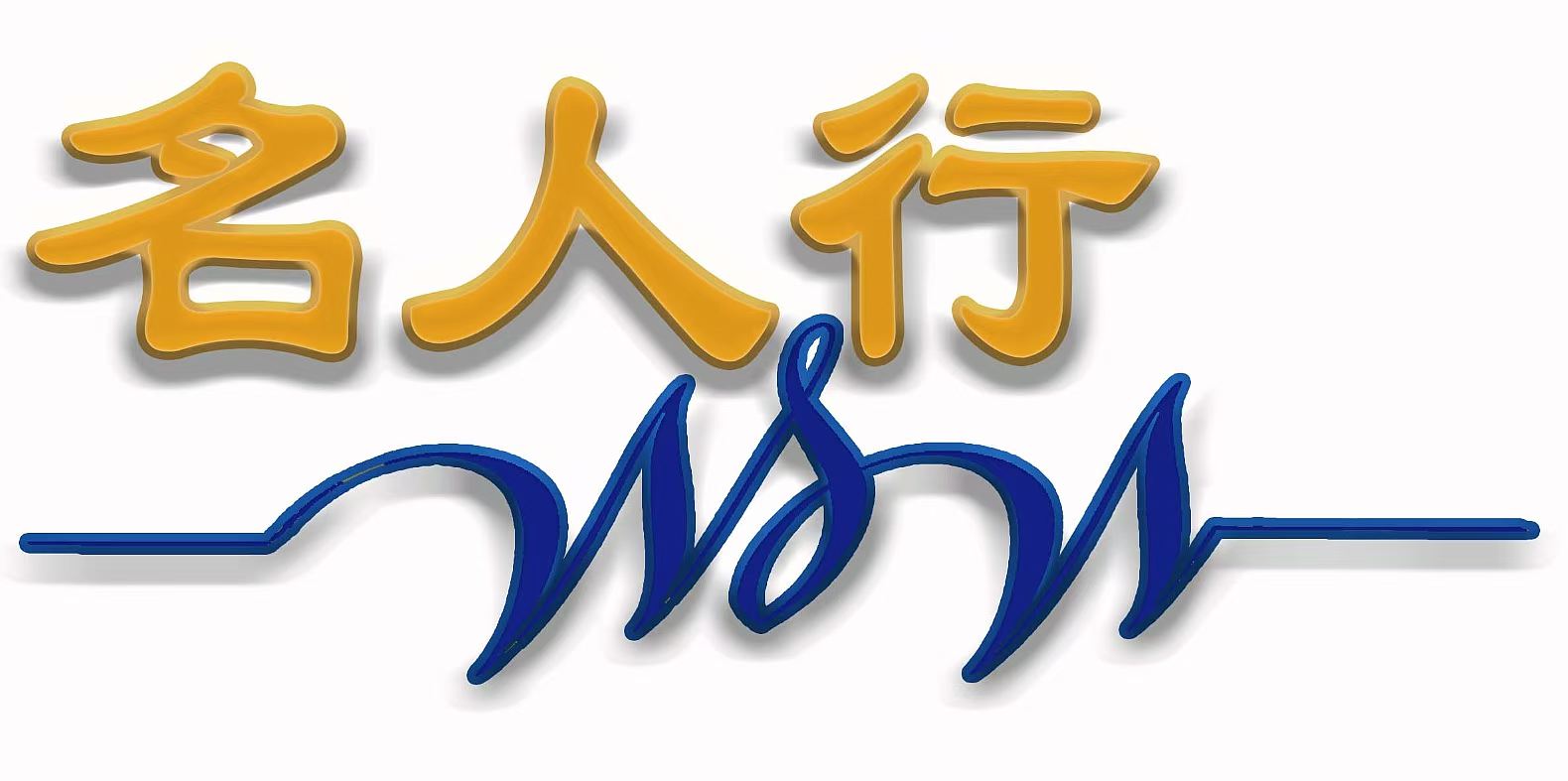Tai Chi Quan: The Flowing Harmony of Mind and Body
1. Brief History
Tai Chi Quan (太极拳, "Supreme Ultimate Fist") originated in 17th-century China, blending martial arts, Daoist philosophy, and traditional medicine. While legends attribute its creation to the Daoist monk Zhang Sanfeng, historical evidence points to the Chen family of Henan Province as its earliest documented practitioners. Chen Wangting (158–166), a Ming Dynasty general, systematized early forms. In the 19th century, Yang Luchan adapted Chen-style Tai Chi into the gentler Yang Style, popularizing it nationwide. Today, it’s practiced globally by over 300 million people.
2. Daoist Philosophical Foundation
Tai Chi embodies core Daoist principles:
- Yin-Yang Balance: Movements harmonize opposites (soft/hard, expansion/contraction).
- Wu Wei (无为): "Effortless action" – using minimal force to redirect energy.
- Qi (Vital Energy): Cultivating and circulating life force through slow, mindful motion.
- Unity with Nature: Forms mimic natural elements (e.g., "Wave Hands Like Clouds," "Grasp the Sparrow’s Tail").
"Tai Chi is born of Wuji (the void) and moves between Yin and Yang."— Classic of Tai Chi
3. Practical Application
- Martial Art: Leverages sensitivity ("Ting Jin") and redirection to neutralize attacks. Key techniques include:
· 推手 (Tuishou/Push Hands): Partner drills to develop balance and reaction.
- Fajin (发劲): Explosive power hidden within soft movements.
- Health Practice: Slow, low-impact sequences enhance joint mobility and organ function.
- Meditation in Motion: Focused attention on breath and movement anchors the mind.
4. Major Schools & Differences
| School | Founder | Key Features |
| Chen Style | Chen Wangting | Explosive power ("fajin"), low stances, spiral force |
| Yang Style | Yang Luchan | Gentle, flowing movements; most widely practiced |
| Wu Style | Wu Quanyou. | Compact frames, subtle weight shifts |
| Sun Style | Sun Lutang | Agile steps, integrates Bagua and Xingyi |
Chen Style retains martial vigor, while Yang/Wu Styles emphasize accessibility for health.
5. Benefits of Practice
- Physical:
· Improves balance (reducing elderly fall risk by 50% - Harvard Study).
· Relieves chronic pain (arthritis, back pain).
· Boosts cardiovascular health.
- Mental:
· Reduces stress and anxiety through rhythmic breathing.
· Enhances focus via "moving meditation."
· Cultivates mindfulness (studies show increased gray matter in brain regions for attention).
6. Mental Focus: The Art of Presence
Tai Chi trains "Yi" (intent) over brute force:
- Breath-Movement Synchronicity: Each motion syncs with inhalation/exhalation.
- Sensory Awareness: Tracking weight shifts and spatial relationships.
- Flow State: Slow repetition dissolves distractions, creating a meditative trance.
> "The mind leads the Qi, the Qi moves the body." — Ancient maxim.
Why Practice Today?
Tai Chi transcends age or fitness levels. It offers a sanctuary from modern chaos, merging self-defense, healing, and spiritual growth. As Daoism teaches: by yielding, we become unbreakable; by stillness, we master motion. From New York parks to Beijing temples, its silent revolutions continue.
"A journey of a thousand miles begins with a single breath."
7. Modern Practice: Bridging Tradition and Science
In the 21st century, Tai Chi evolves beyond temples into:
- Clinical Therapy: WHO recognizes it for managing Parkinson’s, depression, and COPD.
- Corporate Wellness: Google and IBM use Tai Chi breaks to combat digital fatigue.
- Hybrid Systems: Blended with Pilates ("Tai Pi") or yoga for cross-training.
Science Validates Tradition
- MRI scans reveal Tai Chi practitioners have thicker cerebral cortexes (linked to decision-making).
- A 2023 meta-analysis (Frontiers in Psychology) confirms it boosts alpha brain waves by 27% – the state of "relaxed alertness."
8. Deepening Mental Focus: The "Four Pillars"
Tai Chi’s mindfulness rests on:
| Pillar | Practice | Effect on Mind |
| Intention (Yi, 意) | Visualizing energy flow (e.g., "Qi to fingertips") | Sharpens concentration |
| Breath (Xi, 息) | Abdominal breathing (1 move = 1 breath cycle) | Calms amygdala (fear center) |
| Alignment (Zheng, 正) | Micro-adjustments in posture | Trains proprioception |
| Flow (Song, 松) | Releasing muscular tension | Induces theta waves (creativity) |
> "Move as a river flows – effortless yet unstoppable."
> — Cheng Man-ch’ing (Tai Chi master)
9. Starting Your Practice: A Beginner’s Compass
- First Form: Learn "Cloud Hands" – lateral steps with hand rotations (embodies Yin-Yang).
- Daily Ritual: 10 minutes upon waking:
① Wuji Stance (feet shoulder-width, empty mind)
② Rising/Falling Hands (coordinate breath with arm lifts) - Avoid Pitfalls:
❌ Forcing flexibility – Tai Chi is about "listening to your joints."
❌ Rushing forms – Slower is neurologically richer.
10. The Eternal Rhythm
Tai Chi endures not as frozen dogma, but as a living dialogue between:
- Earth and Sky (rooted stances meeting soaring arms),
- Silence and Motion (meditative stillness within fluid forms),
- Self and Cosmos (the microcosm of breath syncing with universal Qi).
From Chen Village farmers to New York firefighters, its promise remains: In yielding, find resilience; in softness, discover unbreakable strength.
> "Tai Chi is water carving stone – gentle persistence transforms the impossible."
Total Word Count: 650
Further Exploration
- Texts: The Tai Chi Classics (translated by Waysun Liao)
- Films: Man of Tai Chi (2013) – action cinema meets philosophical depth
- Global Schools:
- Chenjiagou (China) – Birthplace, intensive martial training
- Taoist Tai Chi Society (Toronto) – Health-focused community
May your practice be a river – deepening with time, flowing beyond boundaries. 🌊

Comments (0)
No comments